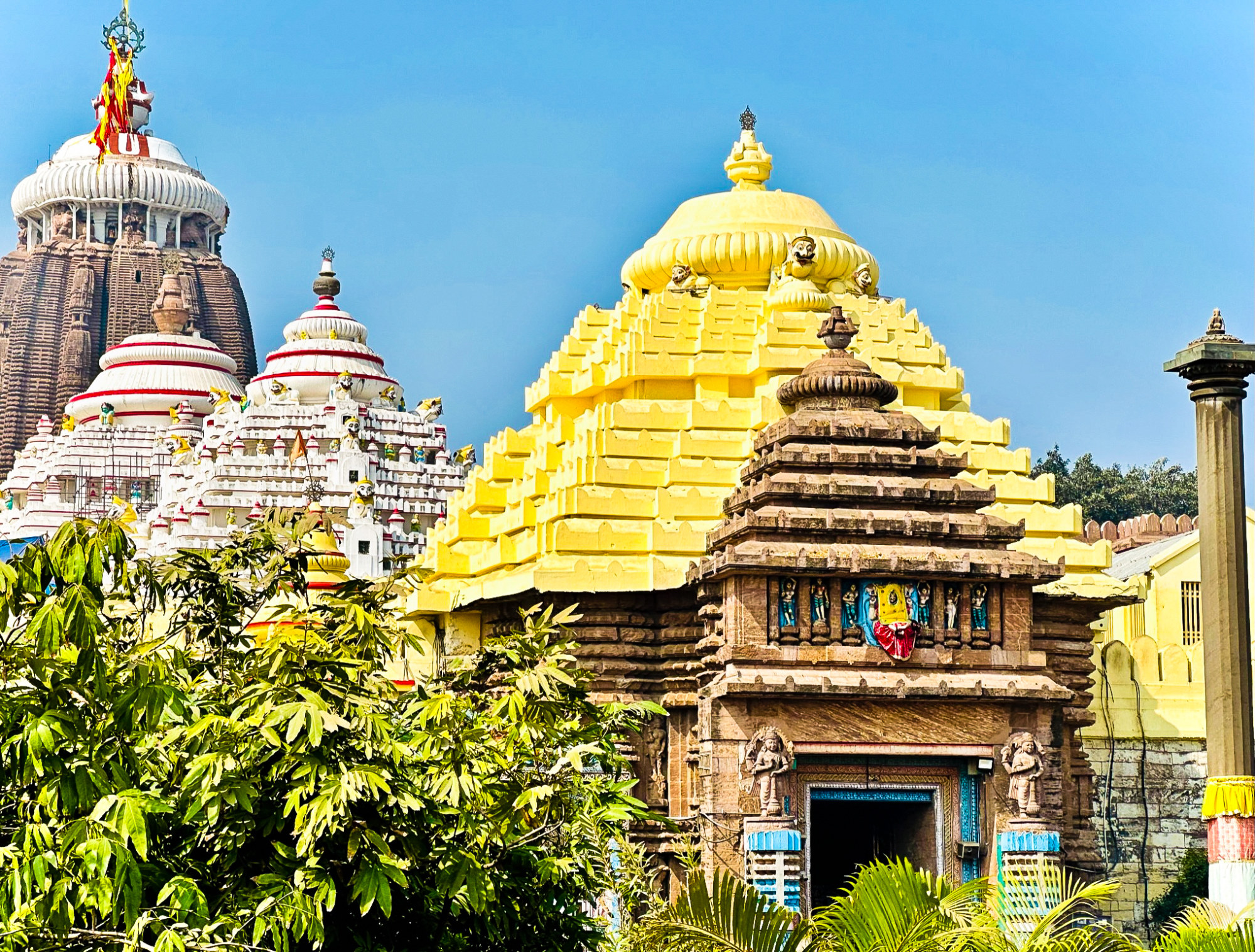
Pilgrimages for millennials: less solemn, more luxe, with yoga, meditation, fine dining, and other wellness activities such as Ayurvedic massage on the itinerary
- Pilgrimages to places of worship are not new in India, but a growing number of millennials and younger people are adding the usual elements of a holiday to them
- People are taking part in yoga, meditation, Ayurvedic massages and other wellness activities, and eating fine food, during their trips to visit religious sites
Neeti Mehra, 40, a Mumbai-based slow living coach and sustainability strategist, took her first praycation – or spiritual holiday – in 2020.
“We decided to make it a multigenerational holiday with my sister and her kids, staying at a luxury hotel with a swimming pool,” says Mehra. “We did food tours and took in cultural sights like the famous silk weavers of Varanasi, and visited temples and the Buddhist sites of Sarnath.
“It became a holistic experience with three generations enjoying different aspects of Varanasi.”

Mehra has since taken other praycations – a portmanteau word combining “prayer” and “vacation” – in India, to Trivandrum, Odisha and Rishikesh, that mix visits to temples, ghats and mountain passes with food and cultural experiences.
“Rishikesh is a place of ancient pilgrimage. It’s named after Lord Vishnu, the holy Ganges flowing through it, plus it is the yoga capital of the world. It’s the gateway to the Himalayas and I just find it so peaceful yet so vibrant, with the mountains surrounding it,” she says.
5 of the best Japanese inns to stay at that marry tradition and modernity
Pilgrimages to places of worship are not new in India – the country is the cradle of an ancient civilisation and the birthplace of multiple religions. These have been solemn journeys undertaken primarily by senior citizens wanting to connect with their deity and find inner peace.
However, in recent years, and especially post-pandemic, anecdotal evidence suggests an increasing number of millennials and younger people have been planning spiritual vacations, combining visits to religious places with yoga, meditation, Ayurvedic massages or other wellness activities.
They are being encouraged by the Pilgrimage Rejuvenation and Spiritual Augmentation Drive, launched by the Indian government in 2015 to develop infrastructure at 41 religious and pilgrimage sites.

In April, Indian booking site Oyo told the country’s English-language newspaper The Economic Times that it would add 50 new properties to its listings for the city. The Tata Group, a multinational conglomerate, has announced the launch of two of its Taj Hotels brand properties there as well.
“The number of hotels and homestays [open] across religious destinations [where the main focus is a place of worship, the home of a saint or where prayer and self-realisation can be conducted] have grown by 44 per cent over the pre-Covid period,” says Rajesh Magow, co-founder and CEO of travel company MakeMyTrip.com.

Mahema Bhutia, a luxury sales and marketing consultant based in Bengaluru, prefers simple accommodation when she takes her praycations.
“As a family with my husband and daughter, we have decided to venture out at least once a year on a spiritual journey,” she says. “In 2019, we visited the Buddhist monasteries in Kalimpong, and in 2018, it was the Sikh Golden Temple in Amritsar. Our last visit, in April 2022, was to Bylakuppe, a Tibetan monastery in Karnataka.
“We take these journeys to remain grounded, and explore the unexplored. We come back more positive, compassionate and with a greater sense of self-worth.”

There is no shortage of luxury hotels catering to visitors to religious or spiritual places like Puri – famous for its Jagannath Temple dedicated to Lord Vishnu – and many provide benefits such as access to private ghats, reserved seating for activities such as the Ganga aarti (a Hindu ritual to worship the River Ganges that involves oil lamps) as well as wellness activities.
Nivedith G, 34, a travel blogger from Bengaluru says: “Coming from an orthodox Tamil family, my vacations primarily have always been pilgrimage trips. I used to make at least three such trips with my parents, to famous temple towns.
“We have visited temples in Madurai, Srirangam, Rameswaram and Tiruchendur, in South India, and places like Varanasi, Gaya, Haridwar and Gokarna in North India.
“These trips give us a good vibe and we pray for the overall well-being of the family. Now, I take these trips with my wife too.”

Mohan Kalyanaraman, 64, an engineer based in Chennai, is another who has been taking spiritual holidays for many years. He travels with his wife, Viji, and sometimes his children.
“Even when I travelled for work, I always used to rise early and visit the famous religious sites and temples of the particular place, because of my interest in spirituality, history and architecture.
“We have been to remote villages all over South India, and even asked priests to open up locked temples, and have also cooperated with locals in renovating temples.
“We often combine these religious visits with other sightseeing, local food and cultural experiences to have a holistic holiday.”

Kartik Kajla, 35, who lives in Haryana, in northern India, says the seeds of spirituality were planted early in his life.
“I then returned to India and have been travelling to spiritual destinations in Kerala, Telangana, Rishikesh, Mysore, Bodh Gaya and Dharamsala.
“I am happy with a clean room that I don’t have to share. My main objective is to get away from people and focus on my inward journey, and seek places with high vibrations and sacred spots. And I disconnect so that I can connect again,” says Kajla.
He adds: “I think the greatest benefit of these spiritual vacations is the opportunity to work on yourself and become a better version of yourself.”

